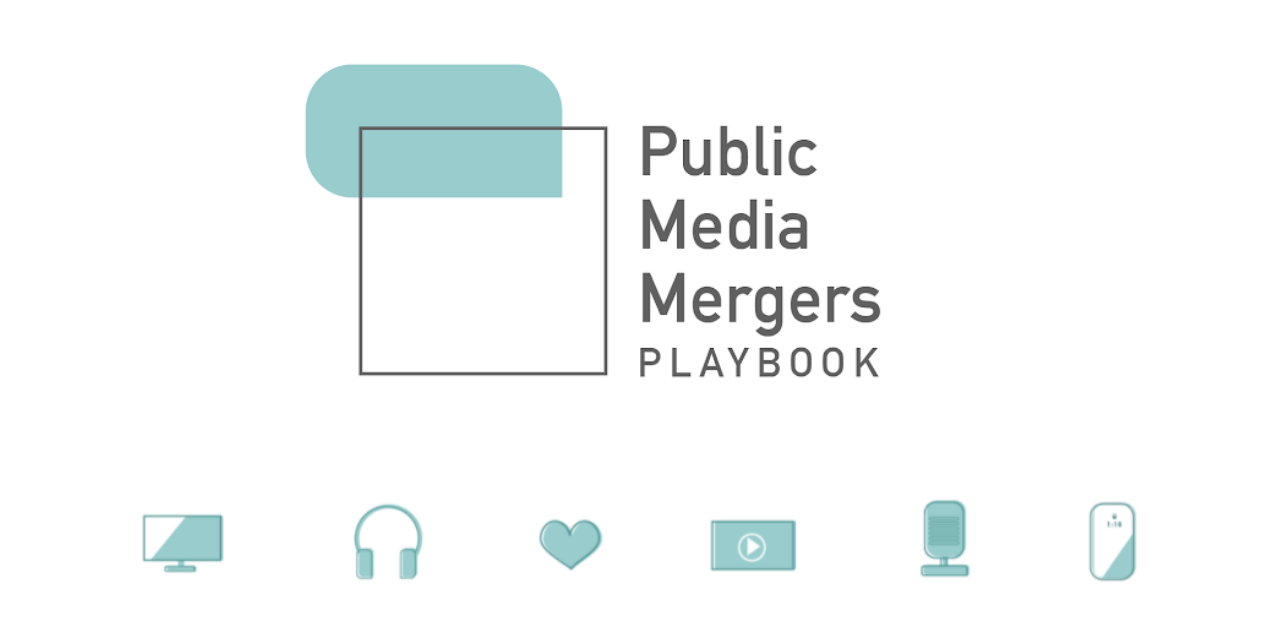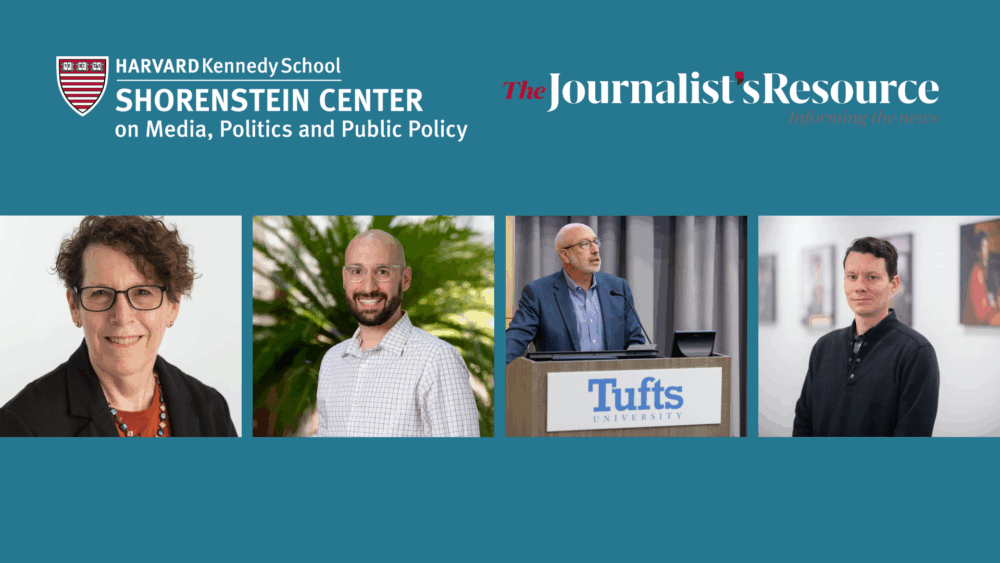
Videos
Regulating Social Media: America’s Global Communications Dilemma
Reports & Papers

The views expressed in Shorenstein Center Discussion Papers are those of the author(s) and do not necessarily reflect those of Harvard Kennedy School or
of Harvard University.
Discussion Papers have not undergone formal review and approval. Such papers are included in this series to elicit feedback and to encourage debate on important issues and challenges in media, politics and public policy. Copyright belongs to the author(s). Papers may be downloaded for personal use only.
Read and Download the full Public Media Mergers Playbook here.
We are entering a new era of journalism in which responsive, civically-minded local newsrooms engage with their communities to provide news and information that matters. Public media is an ally and anchor in the new local journalism landscape.
This Playbook draws on a year of research to highlight one way public media stations and local, digital newsrooms can join forces to provide a new level of local service to their communities.
The mission of public broadcasting stations is to serve the public with quality information and programming. More than 1,400 local public radio and television stations together reach 98% of Americans with free over-the-air and digital content. An average of 28.5M people weekly tune into NPR programming, and public radio’s digital audience — including podcasting from publishers like PRX and WNYC Studios — includes more than 60M unique users per month.
And public media has been investing in local journalism. According to data collected by the Corporation for Public Broadcasting and shared by the Station Resource Group, station-based, full-time journalists at these stations have increased by 30% over the past 5 years to 3,068 in 2018. The total public broadcasting ecosystem is now greater than $3.2B, supporting over 4,600 journalists.
While building a local digital audience for news has been a struggle for many stations, the number of free-standing digital news outlets has been growing. The Institute for Nonprofit News (INN) calculates that local entrepreneurs have been launching an average of one new digital newsroom per month, every year for the past 12 years. INN now counts more than 250 member outlets with a combined annual revenue of $500 million. These newsrooms are providing vitally important investigative, daily, and explanatory news coverage to their communities.
Public media organizations and digital newsroom organizations clearly have a lot to learn from each other. And some are discovering just how much stronger they can be together.
In 2013 the first wave began, when the St. Louis Beacon merged with St. Louis Public Radio, and iNews merged with Rocky Mountain PBS. In 2015, the small investigative outlet Crosscut merged with KCTS 9 in Seattle to form Cascade Public Media. Then in early 2018, Laura Walker, then CEO of New York Public Radio, helped shepherd the triple merger and revival of local sites, providing new homes for the Gothamist at WNYC, the LAist at KPCC in Los Angeles, and the DCist at WAMU in Washington, DC. And when Spirited Media began to wind down earlier this year, its sites the Denverite and Billy Penn merged with Colorado Public Radio and WHYY in Philadelphia. Most recently, the merger of NJSpotlight with NJTV and WNET in New York closed in March 2019.
The Public Media Merger Project conducted an in-depth study of the public media station and digital newsroom mergers across the country in the last decade, to understand how they are working (and not working), what it takes to make these mergers successful (and what should be avoided), and what can be learned that will benefit newsrooms in other communities.
How to Use this Playbook
The Public Media Mergers Playbook is the result of our one-year study. It is a practical guide designed to help stations and digital newsrooms answer two questions:
We hope you’ll find this playbook insightful but above all – actionable. To summarize how to use this Playbook: Chapter A has our key takeaways that will help you begin to assess if an acquisition is right for you. If you want to seriously consider an acquisition, we recommend starting with Chapter B, Considerations and Diligence. And to help you refine your thinking and planning for an acquisition, you can consult Chapter C on Setting up for Success. As you wrap up the transaction and get into the thick of a merger process, you can use Chapters D through H to help you and your organization navigate the many changes you are seeking to make.
Click here to read and download the Public Media Mergers Playbook

Videos

Explainers, Podcasts, Videos

Videos